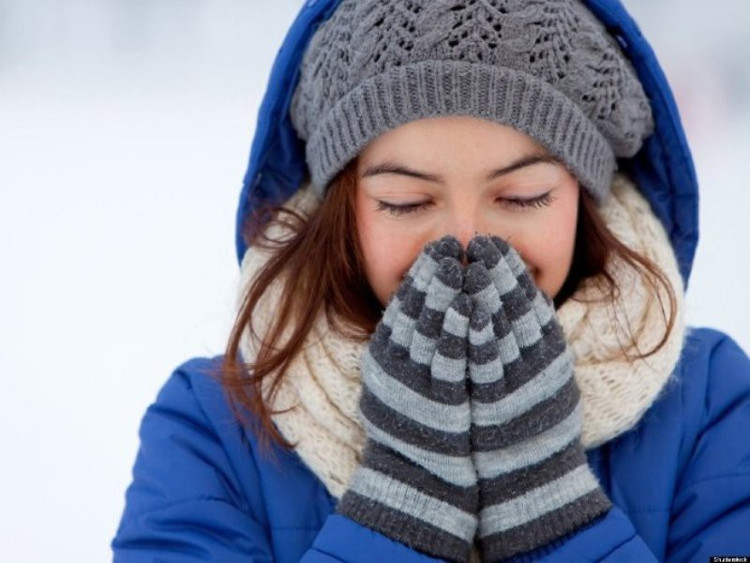How to deal with cold infections you need to know
No fire warms the body area because it is easy to blister blood vessels; Remove victim from cold environment and cover with warm blanket.
According to Dr. Nguyen Xuan Ninh, low temperature, manual workers or outdoor workers are vulnerable.
When cold, patients often show signs of trembling, stuttering, increased heart rate, rapid breathing. Severe condition, patients with cognitive disorders, confusion, chatter, pulmonary edema, anuria, hypotension, slow heart rate. More severe, coma, cardiac arrest and apnea can be coma. Mortality rate 40% in people with moderate to severe cold.

In severe cases, after warming, quickly bring them to a medical facility.
When infected with cold, the body has a lot of reactions that occur as blood vessels shrink, the amount of blood raised in this shrinking organ area will be reduced, the limbs become dark, re-inflamed, even if it burns, swells and blisters because There is no blood feeding.
People with a history of over 65 years of age have many chronic diseases, poor resistance, self-regulating and increasing self-regulating system, producing heat against weak cold, making them more susceptible to cold. Elderly patients with septicemia show signs of cold infection, so the source of infection should be controlled if there is a cold infection. Children, malnourished . also belong to high risk groups.
Dr. Ninh said, people with cold must quickly move to warmer areas, where the best temperature is 28 degrees C.
Cold-infected patients faint or lethargy, when moving must be very gentle and horizontal position because the heart of the patient is very sensitive to movement, if moved violently, it easily leads to fatal arrhythmia death. Next, remove the wet clothes that the patient is wearing, put on a blanket or any other item available to warm the patient, reduce heat loss associated with the body's internal heat production for self warm up.
In severe cases, after warming up, quickly bring them to the nearest medical establishment so that the doctor can examine and treat them promptly. Absolutely no fire to warm the cold area immediately will cause blisters, broken blood vessels. Do not rub or massage the frozen part of your body to avoid damaging the tissue, avoiding stimulating the heart.
- Be careful of infections when it is cold
- Colds: Mystery and truth
- Half of America is 'stiff' because of cold -51 degrees Celsius
- Deal with 4 common diseases of hot season in young children
- Understand disease to use antibiotics correctly
- When do you need to say 'no' to antibiotics?
- The 'cold' infection of the funeral will be easy to carry?
- Intestinal infections - causes, symptoms and treatments
- What is hospital infection? How to prevent hospital infections
- 6 signs of kidney infection: Recognize with the naked eye, just need to look carefully
- Zinc helps children with infections recover quickly
- Cold weather, children are more susceptible to upper respiratory infections
 Green tea cleans teeth better than mouthwash?
Green tea cleans teeth better than mouthwash? Death kiss: This is why you should not let anyone kiss your baby's lips
Death kiss: This is why you should not let anyone kiss your baby's lips What is salmonellosis?
What is salmonellosis? Caution should be exercised when using aloe vera through eating and drinking
Caution should be exercised when using aloe vera through eating and drinking